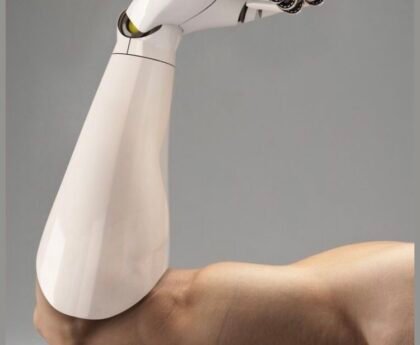The world is on the brink of an autonomous revolution, where technology is reshaping our lives through self-driving vehicles, telemedicine, and drone deliveries. This megatrend is set to redefine industries, boost economic prospects, and usher in a new era of connectivity.
The Age of Autonomy
Imagine a world where science fiction becomes our reality. This vision is not just a dream; it’s already unfolding before our eyes. Technological breakthroughs, particularly in automation, are causing seismic shifts in our daily lives. From self-driving cars and remote healthcare to the swift delivery of goods by drones, the potential of autonomy is limitless, poised to revolutionize our existence.
In a world characterized by relentless technological innovation, a megatrend looms large, promising to reshape industries, redefine daily life, and unlock boundless economic opportunities. This megatrend spans a wide spectrum, encompassing self-driving vehicles, autonomous machinery, mining operations, smart factories, and even surgical instruments within healthcare facilities. A future where anything with wheels, legs, or arms operates autonomously is not a matter of “if” but “when.”
The foundation of this autonomous world rests upon hyper-connectivity, driven by groundbreaking technologies like 5G and the Space Jam revolution. 5G technology has reduced latency to an astonishing one microsecond, with the potential for further enhancement through 6G in the coming decade. Simultaneously, the Space Jam revolution offers advanced global positioning systems and lightning-fast broadband in remote areas, ensuring uninterrupted connectivity for machines and vehicles. This synergy sets the stage for seamless communication between machines and humans, ushering in a new era of autonomous devices and vehicles.
The shift toward autonomy carries profound implications for Western economies grappling with a shrinking workforce. Automation, fueled by artificial intelligence (AI), plays a pivotal role in this transformation. Advanced algorithms can now identify and categorize objects with remarkable precision, reducing the need for manual intervention. This translates into increased efficiency and reduced labor demands across various industries.

Autonomy is not merely a technological leap; it’s a pathway to sustainability on a grand scale, essential for addressing today’s challenges. The fusion of sustainability and profitability is paramount for its success. This entails discovering sustainable solutions for power generation, transportation, and consumption, among other aspects of modern life.
While full autonomy is on the horizon, it may take a decade or more to gain widespread adoption. The journey into autonomy might commence in unexpected places, such as closed and controlled environments like mining, construction, agriculture, marine operations, space exploration, and airport airside activities. These settings provide safer training grounds for machines to learn and adapt before venturing onto public roads.
The world stands at the precipice of a new era defined by autonomy and automation. From autonomous forklifts and intelligent energy management to drones safeguarding power infrastructure, the possibilities are vast. The question that remains is not what we can envision, but how we can transform these visions into reality. The voyage into autonomy has commenced, and the world is poised for the transformation it promises.





